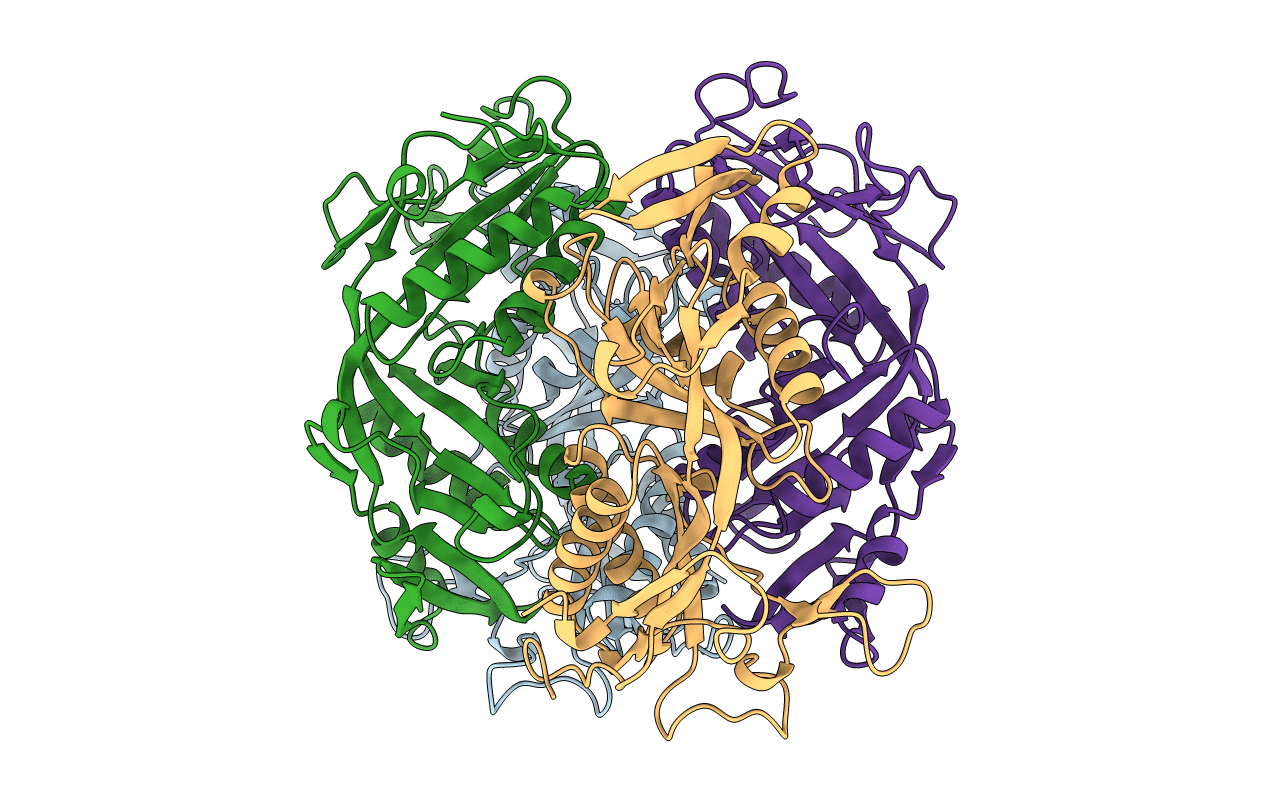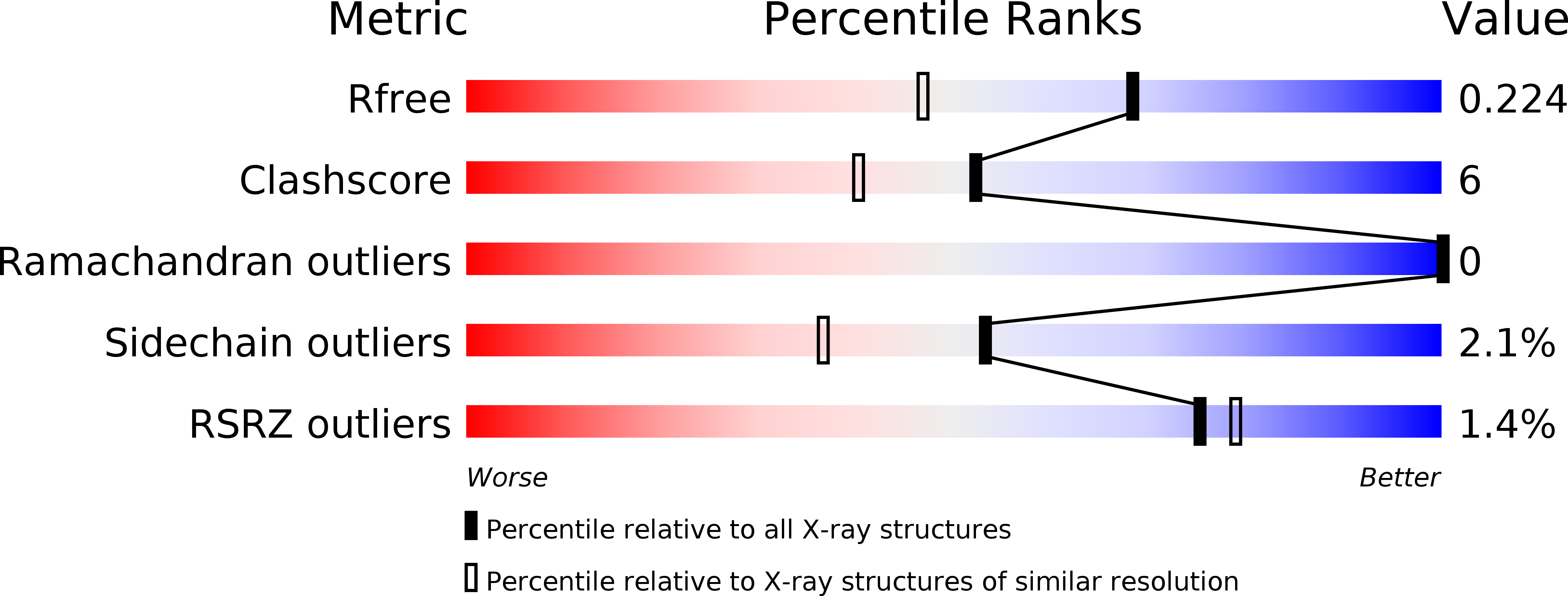
Deposition Date
1997-09-21
Release Date
1998-10-14
Last Version Date
2024-02-07
Entry Detail
PDB ID:
1FTR
Keywords:
Title:
FORMYLMETHANOFURAN:TETRAHYDROMETHANOPTERIN FORMYLTRANSFERASE FROM METHANOPYRUS KANDLERI
Biological Source:
Source Organism:
Methanopyrus kandleri (Taxon ID: 2320)
Host Organism:
Method Details:
Experimental Method:
Resolution:
1.70 Å
R-Value Free:
0.24
R-Value Work:
0.19
R-Value Observed:
0.19
Space Group:
I 41 2 2


